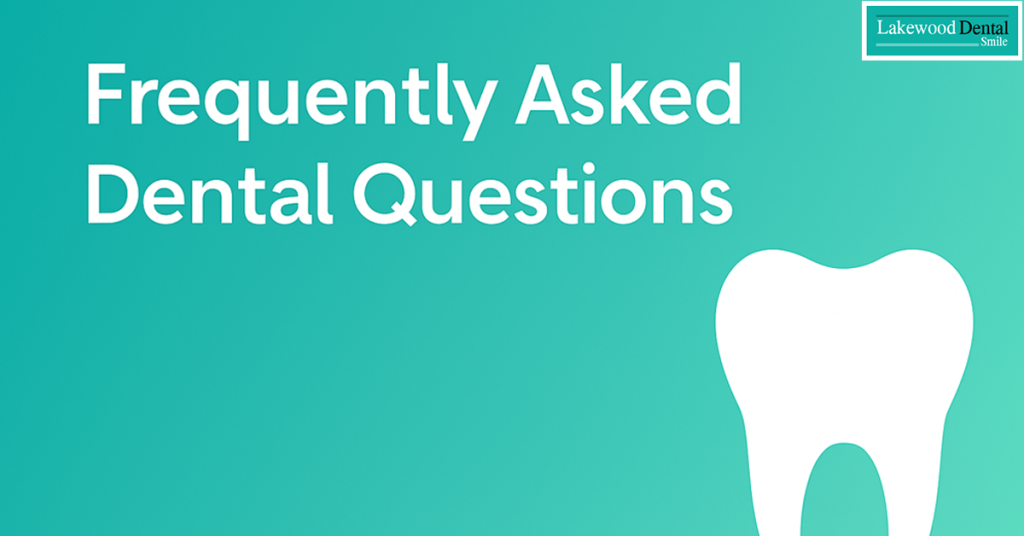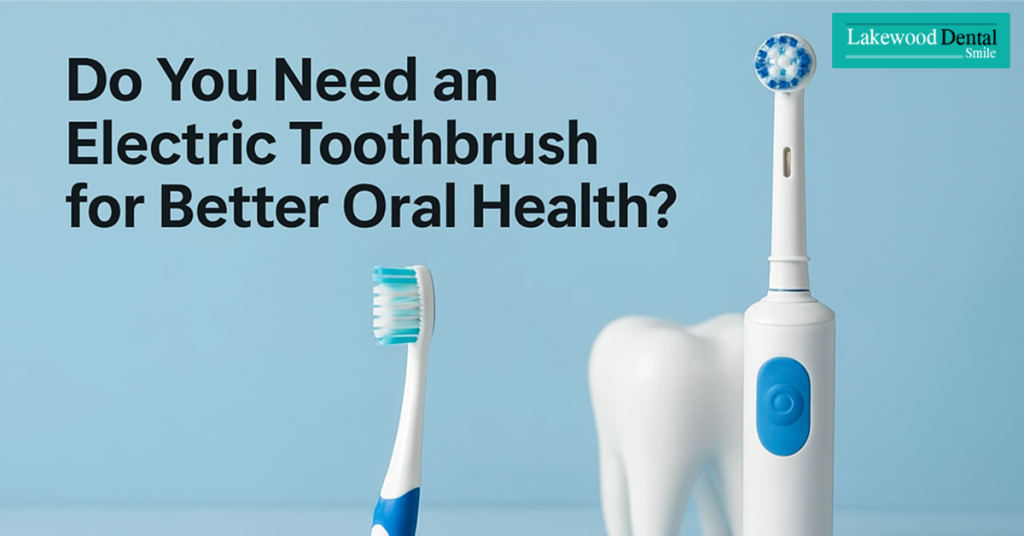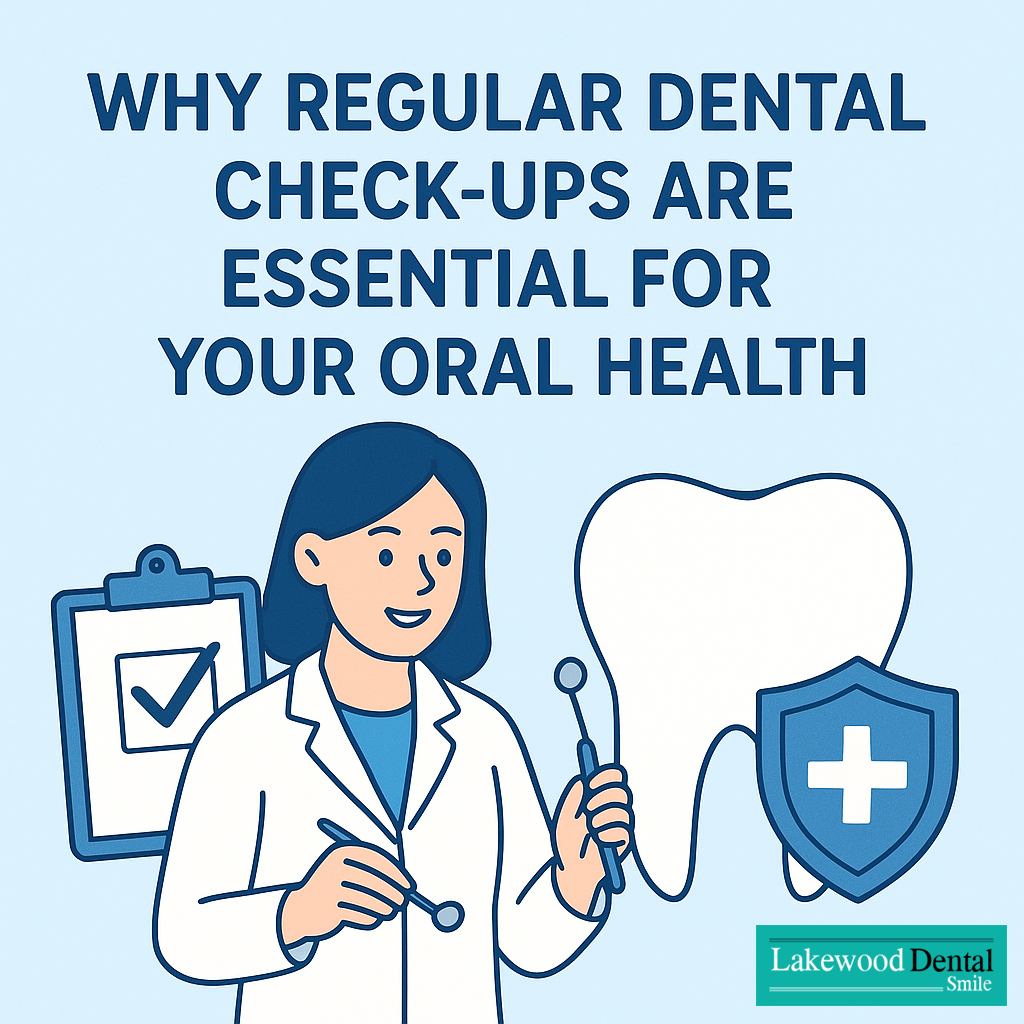How to floss your teeth correctly is one of the most essential habits for maintaining strong teeth and gums. While brushing removes surface plaque, flossing targets hidden buildup between teeth where bacteria thrive. Understanding the right way to floss ensures a cleaner mouth, fresher breath, and a healthier smile.

Why Flossing Matters
Flossing and brushing work together to remove food debris and plaque. Brushing cleans the outer surfaces, but flossing reaches tight spaces and under the gumline—areas most toothbrushes can’t access. Without this routine, plaque hardens into tartar, leading to cavities and gum disease. Consistent flossing supports not only oral health but your overall body wellness.
How Often Should You Floss?
To remove hidden plaque effectively, floss your teeth at least once daily. When plaque remains between teeth, it hardens into tartar that brushing can’t remove. Regular flossing helps prevent decay and periodontal disease. Dentists recommend pairing flossing with twice-daily brushing for the best defense against cavities.
When to Floss — Before or After Brushing?
A common question is whether to floss before or after brushing. The answer: it doesn’t matter much, as long as you do it. The key is consistency. Choose a time that fits your routine—morning or evening—and stick with it. Whether you floss before bed or after meals, daily habit is what keeps your gums healthy and plaque under control.
Types of Dental Floss
There are two main kinds of floss: nylon floss and PTFE floss.
- Nylon Floss: Made of multiple thin strands, available waxed or unwaxed. Waxed nylon glides better between tight teeth, though it may shred if gaps are narrow.
- PTFE Floss: Smoother and more durable, ideal for tight spaces. It slides easily and resists tearing.
Ask your dentist which type suits your teeth spacing and gum sensitivity best.
How to Floss Properly — Step-by-Step Guide
Follow these expert-approved steps to master how to floss your teeth safely and effectively:
- Take about 18 inches of floss and wind most around your middle fingers, leaving 1–2 inches to work with.
- Hold the floss taut between your thumbs and index fingers.
- Gently slide it between teeth with an up-and-down motion.
- Curve the floss around the base of each tooth to clean beneath the gumline.
- Use a fresh section as you move from one tooth to another.
Dispose of used floss in the trash. Never reuse it, as bacteria can redeposit on clean teeth. A little initial discomfort is normal, but if pain persists, consult your dentist.
Benefits of Proper Flossing
When done correctly, flossing helps:
- Prevent plaque and tartar buildup
- Reduce gum inflammation
- Lower the risk of cavities
- Keep breath fresh
- Support overall oral health
Daily flossing, paired with brushing and mouthwash, provides a complete routine for healthy gums and a confident smile.
Consistency is the key to perfect flossing. Build a routine that fits easily into your day—perhaps after lunch or before bedtime. Always keep floss handy, even when traveling, so you never skip a session. If your gums bleed slightly at first, don’t stop; gentle, regular flossing will strengthen them. Within a week or two, you’ll notice less bleeding and a fresher feeling mouth. This daily discipline keeps plaque under control and supports long-term gum health.
Once you learn how to floss your teeth the right way, it becomes a quick, effortless part of your daily routine.
Final Thoughts
Learning how to floss your teeth correctly is a small effort that pays off with lasting benefits. Make it part of your everyday hygiene routine, and your teeth will thank you.
If you’re unsure about technique or experiencing gum discomfort, visit the friendly dental professionals at Lakewood Dental Smile in Dearborn, Michigan. Their team offers trusted guidance on brushing and flossing techniques to help you maintain a healthy, confident smile for life.




